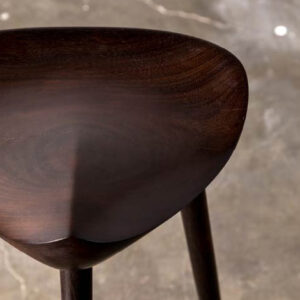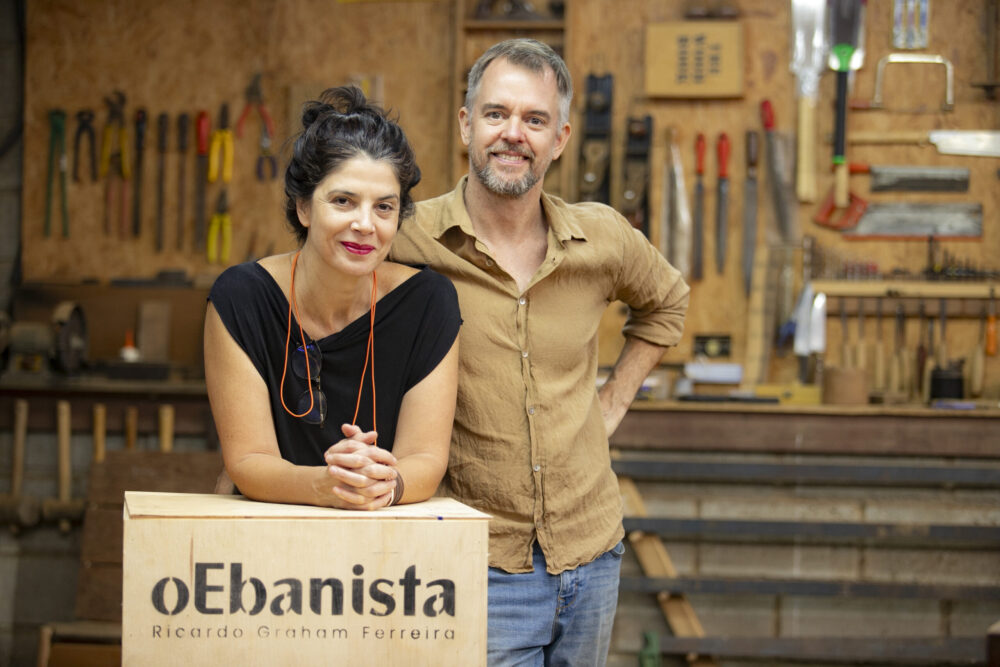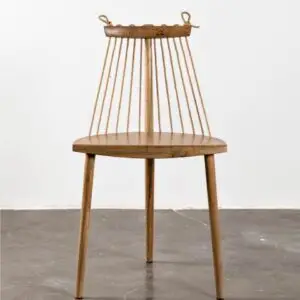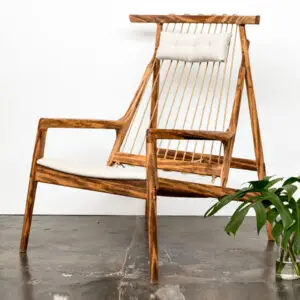
Ricardo Graham Ferreira
For Ricardo, wood is not just the main material in his projects, but a partner in a creative and respectful dance. In his workshop, located in the serene Serra Fluminense, Ricardo transforms wood intuitively, respecting its living nature and creating works that are true extensions of his inspiration.
Collection
Explore our collection of tropical woods where natural beauty and sustainability meet. Each piece is unique, highlighting the rich tones and textures of the forests.
Workshops
Embark on a journey of creativity with our unique workshops, where practical learning meets the art of carpentry.


Every project starts with an idea.
- Nova Friburgo / Brasil
- +55 21 97603-5791
- projetos@oebanista.com.br
All rights reserved Ricardo Graham Ferreira

